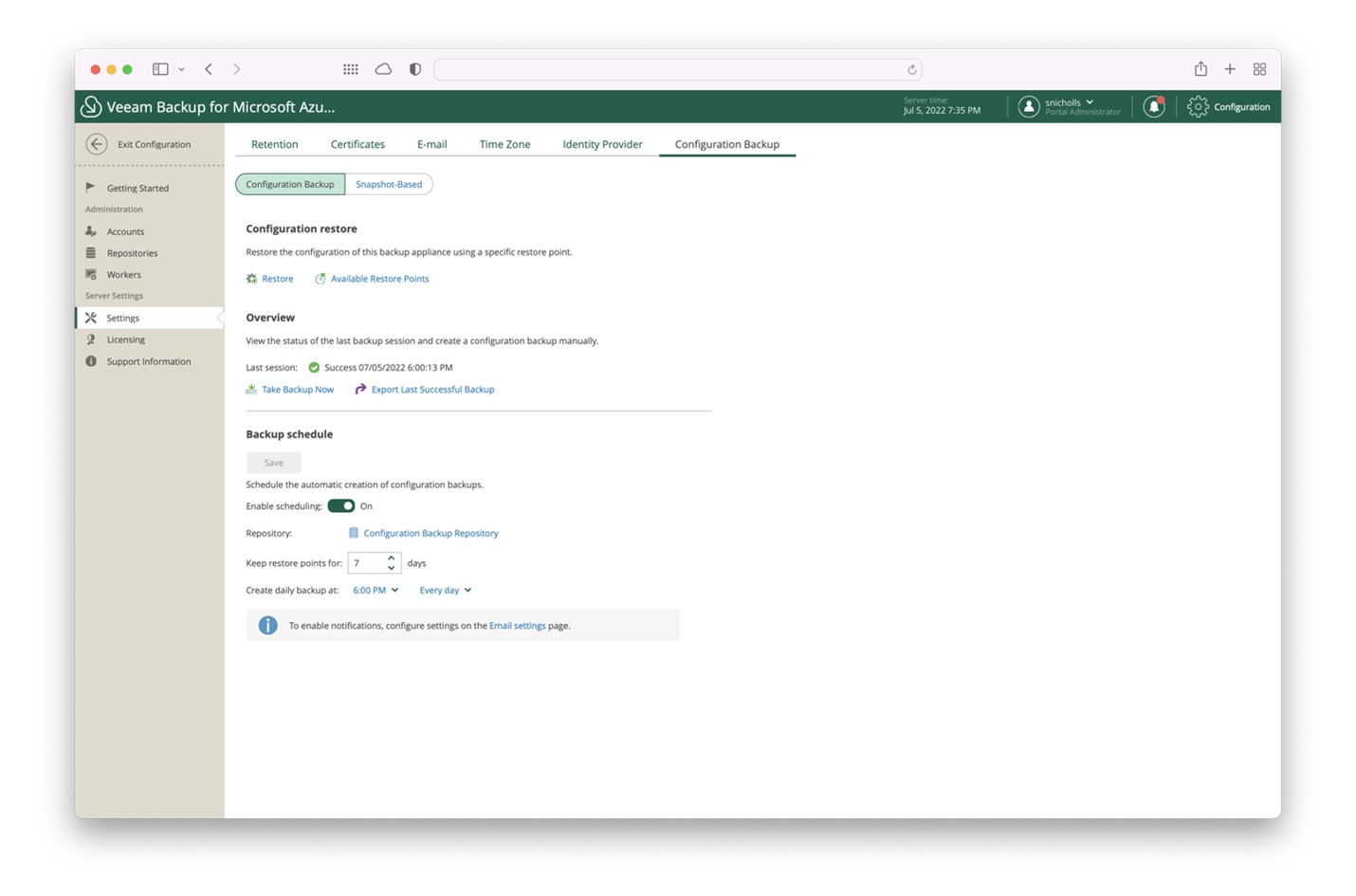NEW Veeam Backup for Microsoft Azure v4
- Get link
- X
- Other Apps
It’s been a busy few weeks for our cloud teams launching new versions of our native backup and recovery solutions for AWS, Google Cloud, and now Microsoft Azure!
Veeam Backup for Microsoft Azure v4 a number of significant capabilities that have been added to help customers protect more of their Microsoft Azure environment, enhance security and streamline usability. Let’s jump right into some of the new key features.
Azure Files backup
Azure Files is a simple way to use managed file shares in the cloud, easily accessed using SMB and NFS protocols with no hidden IaaS VMs or NAS to configure and manage. Thanks to this service’s ease and simplicity, Azure Files adoption continues to grow fast.
Just like with your file shares on premises (and any other cloud data), Azure Files needs protection, and version 4 of Veeam Backup for Microsoft Azure delivers it!
Protecting Azure Files with Veeam is just as easy as it is for Azure VMs and Azure SQL thanks to policy-based automation. Simply walk through the policy creation wizard to:
- Specify policy name and description
- Select which regions and Azure Files to include in the policy
- Define daily, weekly and monthly scheduling
- View your estimated monthly costs
Below is a screenshot showing how easy it is to specify scheduling — in this case, my daily settings.
The magic really comes in when we start looking at the recovery aspect, though. Veeam’s Azure Files backup will index all of the data stored in the share when being protected. This means you get easy search and discovery of files and folders through a web-based portal and can then perform fast, granular recovery of those to the same location or to a new one.
New dashboard
Veeam Backup for Microsoft Azure also has a completely new dashboard. This dashboard provides at-a-glance information to further enhance the management of the backup environment.
With the new dashboard, you get an all-in-one view of how the environment is operating, including granular information on the number of snapshots created, how much storage is being used, and how many protected workloads there are, and more. This is a great insight into understanding what is being protected, and what, if any errors, there may be.
My favorite new addition though is easily the new bottlenecks overview as it will give you that insight into how your environment is performing so you can optimize setup and policy configuration to reduce backup windows with greater success rates.
Configuration backup
As the use of Veeam Backup for Microsoft Azure scales, making sure that the configuration of the appliance itself is protected and recoverable is also critical. With v4, you can now back up all the configuration settings — including items like polices — and recover them in the event of accidental deletion, disaster, migration and more.
Let’s take a look at this in the UI.
By selecting configuration backup from the settings, you can set up a schedule so that regular backups are taken, as well as perform restores from either the latest or past restore points. Choosing to restore opens the configuration restore wizard which allows you to also import previous backups from other environments.
Private network deployment
The final feature I’m going to discuss here is the ability to deploy Veeam Backup for Microsoft Azure in an all-private network infrastructure. While not for everyone, this capability was up there on the list of feature requests from users in the financial space as well as large enterprises, helping promote an even more secure backup environment.
Summary
This new release is bringing more enterprise-grade capabilities to customers who need Modern Data Protection for workloads in the cloud. Veeam Backup for Microsoft Azure is a powerful choice for any enterprise or developer using Microsoft Azure. For existing Veeam users who are finding themselves living in a hybrid or multi-cloud environment, these same capabilities are available in Veeam Backup & Replication.
You can learn more about what’s new here, or get hands on with the Free Edition, allowing you to back up to 10 Azure VMs, Azure SQL DBs and Azure Files at no cost.
The post NEW Veeam Backup <i>for Microsoft Azure</i> v4 appeared first on Veeam Software Official Blog.
Original post here: NEW Veeam Backup for Microsoft Azure v4
- Get link
- X
- Other Apps




Comments
Post a Comment